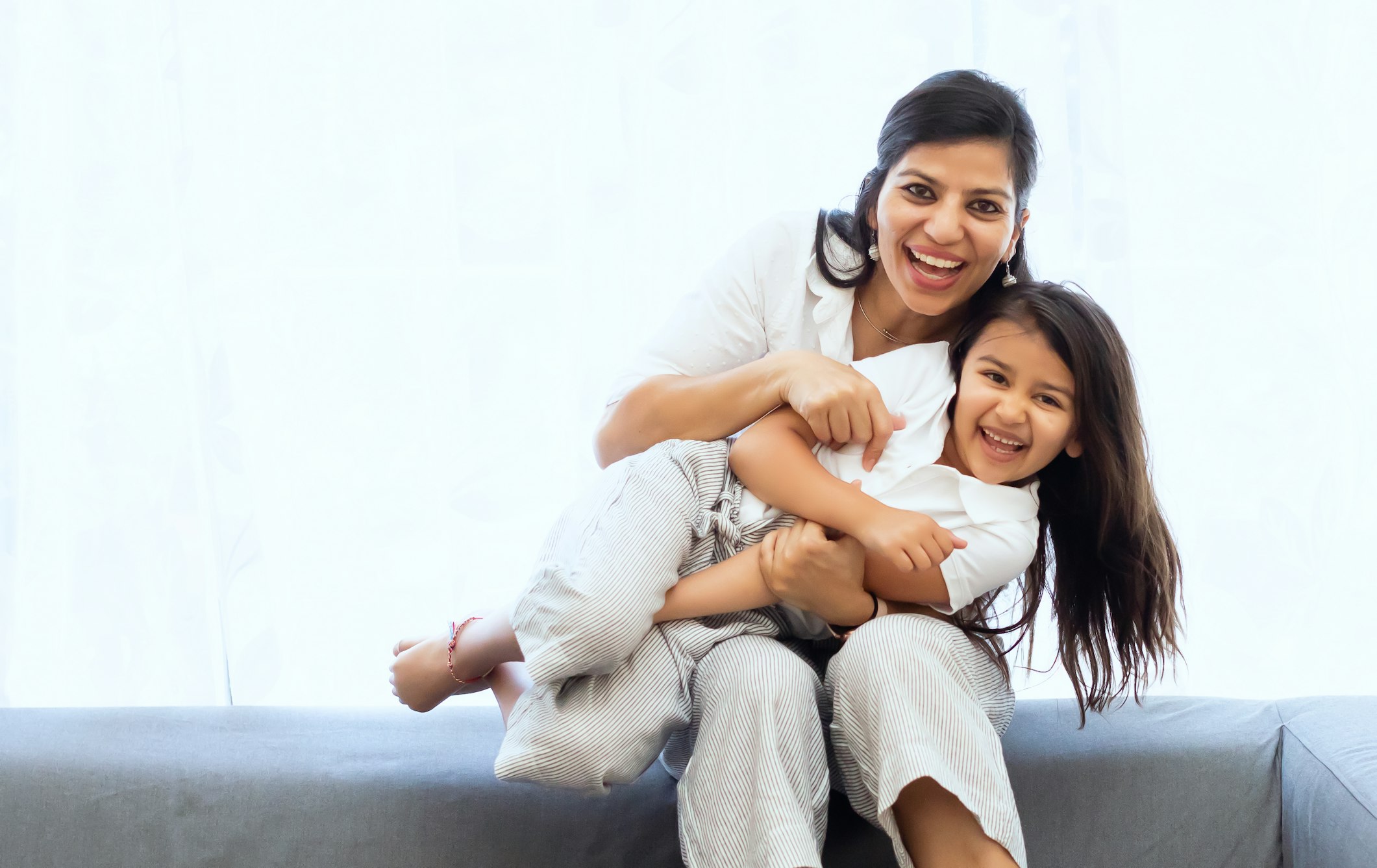Evaluating the Association Between Mother-Child Attachment And Emotion Understanding In Children

Research has found that mother-child attachment security is positively associated with greater emotion understanding in children
Attachment theory suggests that children are drawn to seek proximity from their caregivers, especially in stressful situations. Indeed, according to children’s mental representations, caregivers serve as a secure base, protecting, securing, and soothing them in situations that are interpreted as threatening. This pattern of behavior is considered by Bowlby to be the building block of a secure attachment. However, for a secure attachment to be formed, caregivers have to be available to interact with their child, and should respond effectively to their behaviors and affective expressions. When these behaviors are present, caregivers pave the way for their children to securely explore their environment and learn from it.
Caregivers are thus considered to play a key role in their child’s emotional, social and behavioral development. This holds to be true as attachment not only constitutes an emotional bond, but also includes attachment behaviors as well as internal working models. These working models, which are mental representations of the child’s reality, are similar to maps which represent actual territories. With this analogy, Bowlby stresses on the role of these mental representations, and how they shape children’s internal world; how they feel, behave, and respond to others’ behaviors.
A secure attachment allows children to effectively express their affects, contrary to the case of non-secure attachment styles. For instance, in insecure-avoidant attachment styles, children actively repress affective expression, as they anticipate the unavailability of their caregivers, due to previous experiences. Insecure-anxious attached children, on the other hand, tend to exaggerate affective expressions as a way to increase the likelihood of receiving a response from their caregivers who act in an inconsistent manner. Finally, in disorganized attachment styles, children’s behavior and affective expressions are incoherent. They seek refuge from their caregivers but at the same time, they fear them and feel a source of distress when they are around them. Thus, each attachment style bestows its own ramifications on children’s behaviors and affective expression, and secure attachment is thought to successfully allow children to develop emotional competencies such as emotion understanding, emotion regulation, and affective communication.

Over the years, several studies have shown this association between secure attachment and the capacity for children to understand emotions. In a meta-analysis evaluating 10 studies involving 564 children in total, researchers studied the association between mother-child attachment and emotion understanding in children under 6 years of age. Results showed that there exists a consistent and positive association between the two variables. In other words, the more children have a secure attachment to their mother, the more they are able to identify, interpret and communicate their own emotions and those of others. This can be explained by the nature of secure attachments, entailing participation in several close relationships, therefore leading to more emotional exchanges.
In conclusion, secure mother-child bonds allow children to develop emotional competencies such as emotion understanding. Since emotion understanding is critical for child development and facilitates social interactions, mothers play a critical role, not only in providing a secure base for their children and in fostering self-expression, but also in effectively responding to their children’s affects and behaviors.
References
Bowlby, J. (1982). Attachment and loss: Attachment. New York, NY: Basic Books. (Original work published 1969).
Cooke, J. E., Stuart-Parrigon, K. L., Movahed-Abtahi, M., Koehn, A. J., & Kerns, K. A. (2016). Children’s Emotion Understanding and Mother-Child Attachment: A Meta-Analysis. Emotion, 16(8), 1102-1106. http://dx.doi.org/10.1037/emo000022